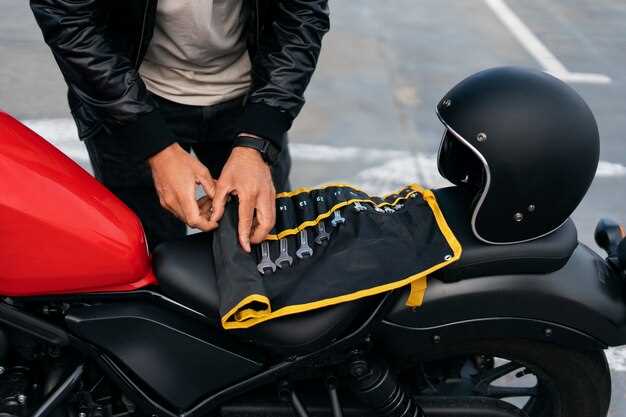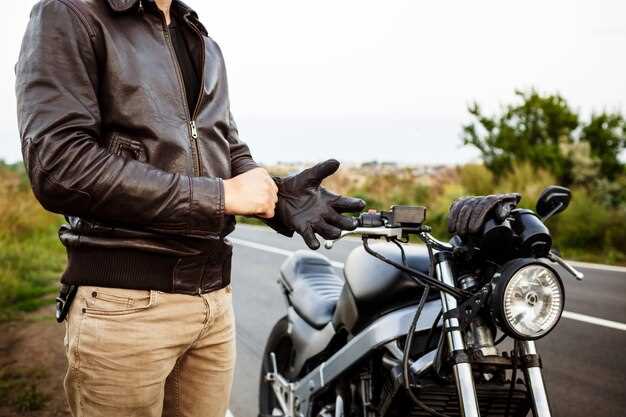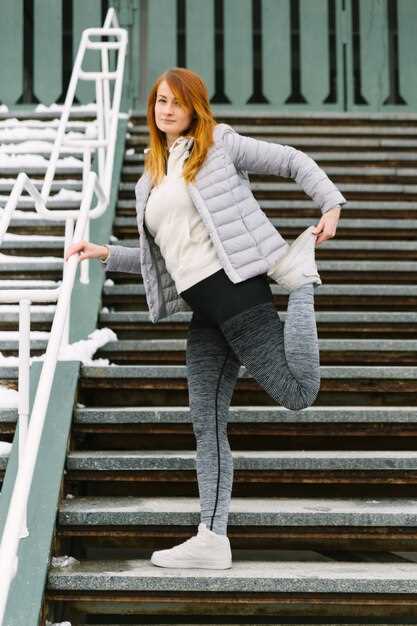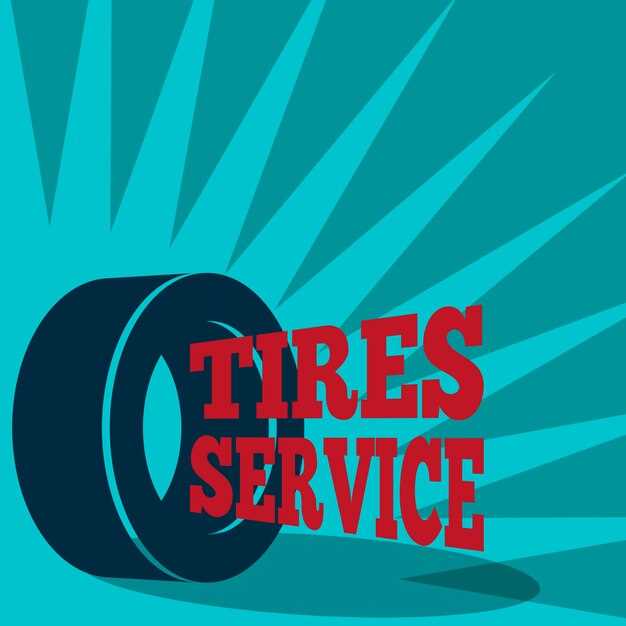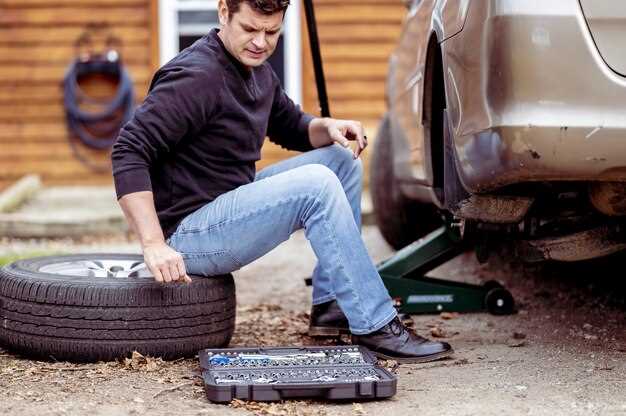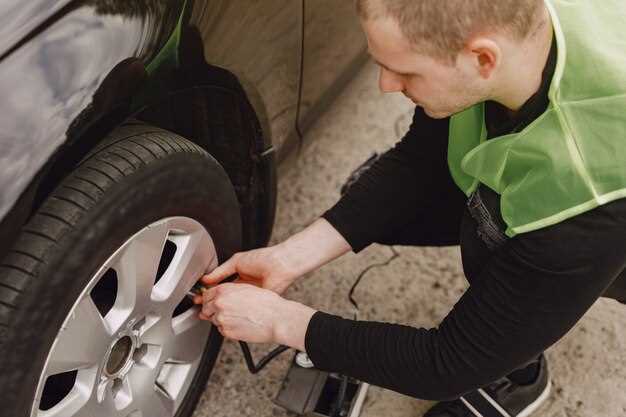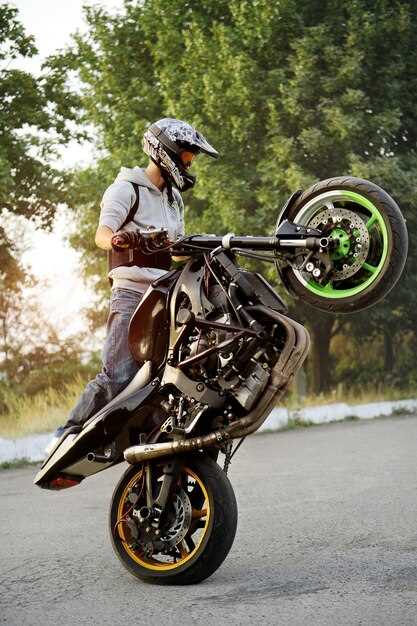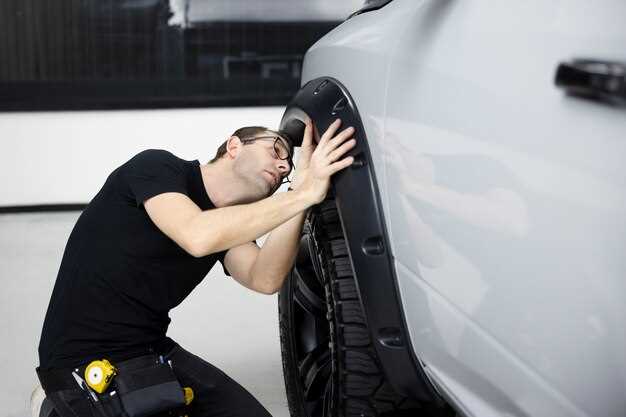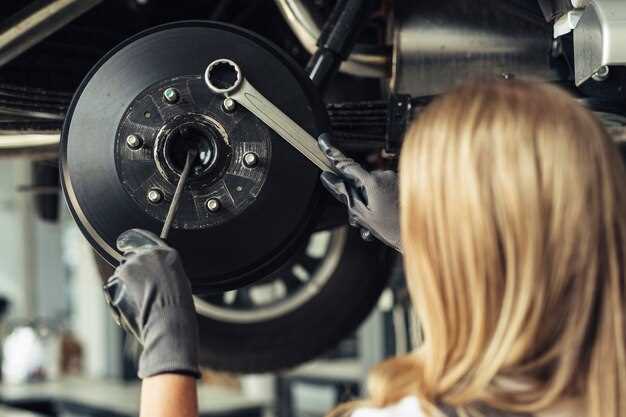
When it comes to enhancing your vehicle’s performance, bolt-on modifications offer a fantastic opportunity for car enthusiasts seeking quick and effective power boosts. These upgrades are designed to be easily installed, often requiring minimal mechanical expertise, making them a popular choice among DIYers and professionals alike. In this article, we will explore the most effective bolt-on mods that can significantly improve your car’s horsepower and torque without extensive alterations.
One of the primary advantages of bolt-on mods is their ability to provide a noticeable performance increase while maintaining the vehicle’s original integrity. Whether you’re looking to enhance throttle response, increase airflow, or improve exhaust flow, there is a wide range of options that cater to different performance goals. Understanding these modifications is essential for optimizing your car’s potential and ensuring a satisfying driving experience.
From high-performance air intakes and exhaust systems to ECU tuning and turbo upgrades, each of these bolt-on modifications can contribute to a powerful transformation. This article will delve into each mod, detailing how they work, their benefits, and what to consider before making your purchase. Whether you are aiming for a weekend track day or daily driving excitement, getting to know the best bolt-on mods will guide you towards achieving your automotive aspirations.
How to Choose the Right Cold Air Intake for Your Vehicle
Selecting the appropriate cold air intake (CAI) for your vehicle is crucial for maximizing power gains and ensuring optimal engine performance. Here are some essential factors to consider when making your choice.
First, determine your vehicle’s make, model, and year. Not all cold air intakes are universally compatible. Manufacturers design specific intakes to fit particular engines, so using the correct model for your vehicle is vital.
Next, consider the type of CAI system. There are generally two types: short ram intakes and long tube intakes. Short ram intakes are easier to install and often provide a modest power increase. Long tube intakes typically offer better airflow and can deliver superior performance at high RPMs, but the installation may be more complex.
Airflow is another crucial aspect. Look for intakes engineered to maximize airflow without sacrificing filtration. A well-designed filter can enhance engine performance while protecting it from harmful contaminants. Pay attention to the type of filter used; cotton gauze filters, for example, can offer better airflow but may require more maintenance compared to disposable paper filters.
Check the material and construction quality of the intake. High-quality materials like aluminum or high-density polyethylene are ideal for durability and resistance to heat. A well-constructed CAI should withstand engine vibrations and environmental factors over time.
Next, consider the ease of installation. Some intakes come as complete kits with all the necessary hardware, while others may require additional tools or modifications. If you’re not comfortable with complex installations, opt for a model that guarantees a straightforward process.
Don’t forget to read reviews and ratings from other users. Real-world feedback can provide insights into the product’s performance, durability, and ease of installation, helping you make an informed decision.
Lastly, check for compatibility with any other modifications you might have on your vehicle. Adjustments, such as tuned exhausts or engine chips, can influence how well a cold air intake performs. Ensure that the chosen CAI will work harmoniously with existing upgrades.
By evaluating these factors–compatibility, type, airflow, material quality, installation complexity, user feedback, and modification compatibility–you can make an educated choice that enhances your vehicle’s power and efficiency effectively.
Benefits of Upgrading Your Exhaust System for Performance Gains
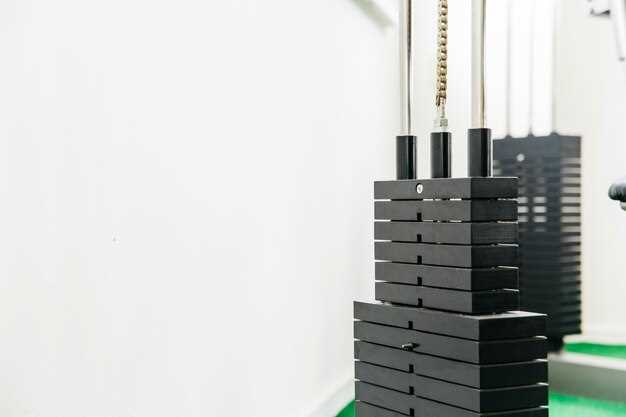
Upgrading your exhaust system is one of the most effective bolt-on modifications you can make to enhance your vehicle’s performance. A high-quality exhaust system plays a crucial role in improving engine efficiency and overall power output. Here are some key benefits of upgrading your exhaust system:
Improved Exhaust Flow: A performance exhaust system is designed to reduce back pressure, allowing exhaust gases to exit the engine more rapidly. This improved flow can lead to better engine breathing, which translates into gains in horsepower and torque.
Enhanced Sound: Beyond performance, an upgraded exhaust system often produces a more pleasing and aggressive sound compared to stock systems. This auditory feedback can enhance the overall driving experience, making the vehicle feel more powerful and engaging.
Weight Reduction: Many aftermarket exhaust systems employ lighter materials, such as stainless steel or titanium, leading to a reduction in overall weight. This decrease can positively affect acceleration, handling, and fuel economy.
Better Fuel Efficiency: With improved exhaust flow and engine efficiency, many drivers notice an increase in fuel efficiency. A well-designed exhaust system allows the engine to operate more effectively, thus optimizing fuel consumption under various driving conditions.
Customizable Options: Upgrading your exhaust system offers a wide range of customization options. From cat-back systems to headers and downpipes, enthusiasts can choose components that best match their performance goals and sound preferences.
Potential for Future Mods: A high-performance exhaust system can serve as a solid foundation for additional upgrades. Whether considering forced induction or engine tuning, having a quality exhaust in place ensures that other modifications will work more efficiently.
In conclusion, upgrading your exhaust system is a worthwhile investment for those looking to boost their vehicle’s performance. From improved horsepower to enhanced driving enjoyment, the benefits are significant and often immediate.
Understanding the Impact of ECU Tuning on Horsepower Enhancement

ECU tuning, also known as engine remapping, involves modifying the software that controls the engine’s operation. This process can significantly enhance horsepower and overall performance by optimizing various parameters such as fuel-air mixture, ignition timing, and boost levels in turbocharged engines.
One of the primary benefits of ECU tuning is its ability to increase the engine’s efficiency. By adjusting the air-fuel ratio to an ideal mixture, the engine can produce more power from the same amount of fuel, resulting in improvements in torque and horsepower. Additionally, tuning can eliminate restrictive factory settings that limit the engine’s potential.
Furthermore, ECU tuning can tailor the engine’s performance characteristics to match specific driving conditions or preferences. For example, a driver looking for an aggressive throttle response might benefit from a more responsive map, while another driver prioritizing fuel economy could opt for a tune that enhances efficiency without sacrificing power.
It’s important to consider that the extent of horsepower gain from ECU tuning can vary based on the vehicle’s make, model, and existing modifications. Generally, vehicles with forced induction systems (like turbochargers or superchargers) see the most pronounced improvements. These setups often have more headroom for performance enhancements once the ECU is recalibrated.
Despite the advantages, potential drawbacks exist. Incorrect tuning can lead to engine knock, overheating, or excessive wear on internal components. It’s essential to work with reputable tuners who understand the intricacies of the specific vehicle model to maximize gains while ensuring reliability.
In conclusion, ECU tuning serves as a powerful tool for enhancing horsepower. When performed correctly, it optimizes engine performance, allowing for significant power improvements tailored to the driver’s needs while maintaining vehicle reliability.


